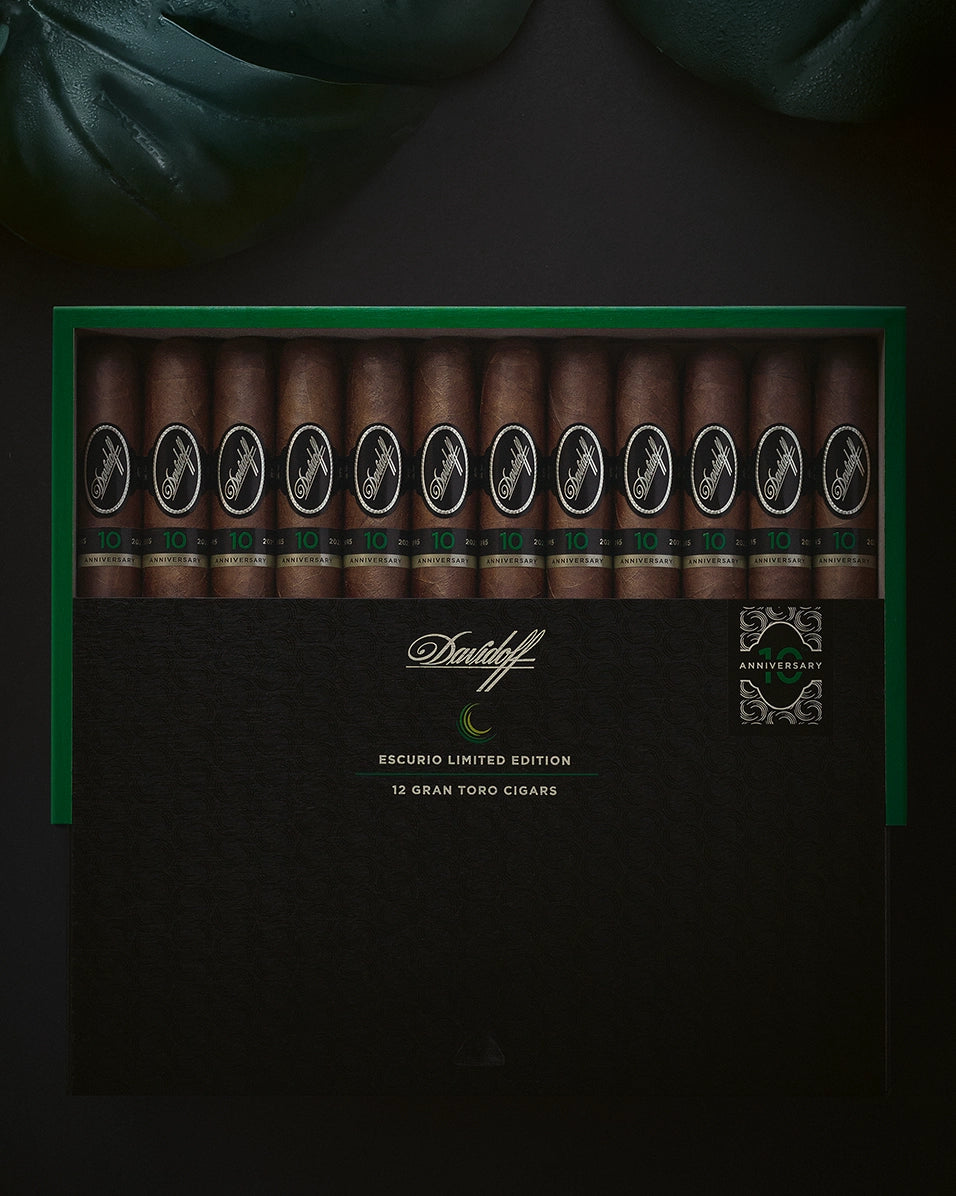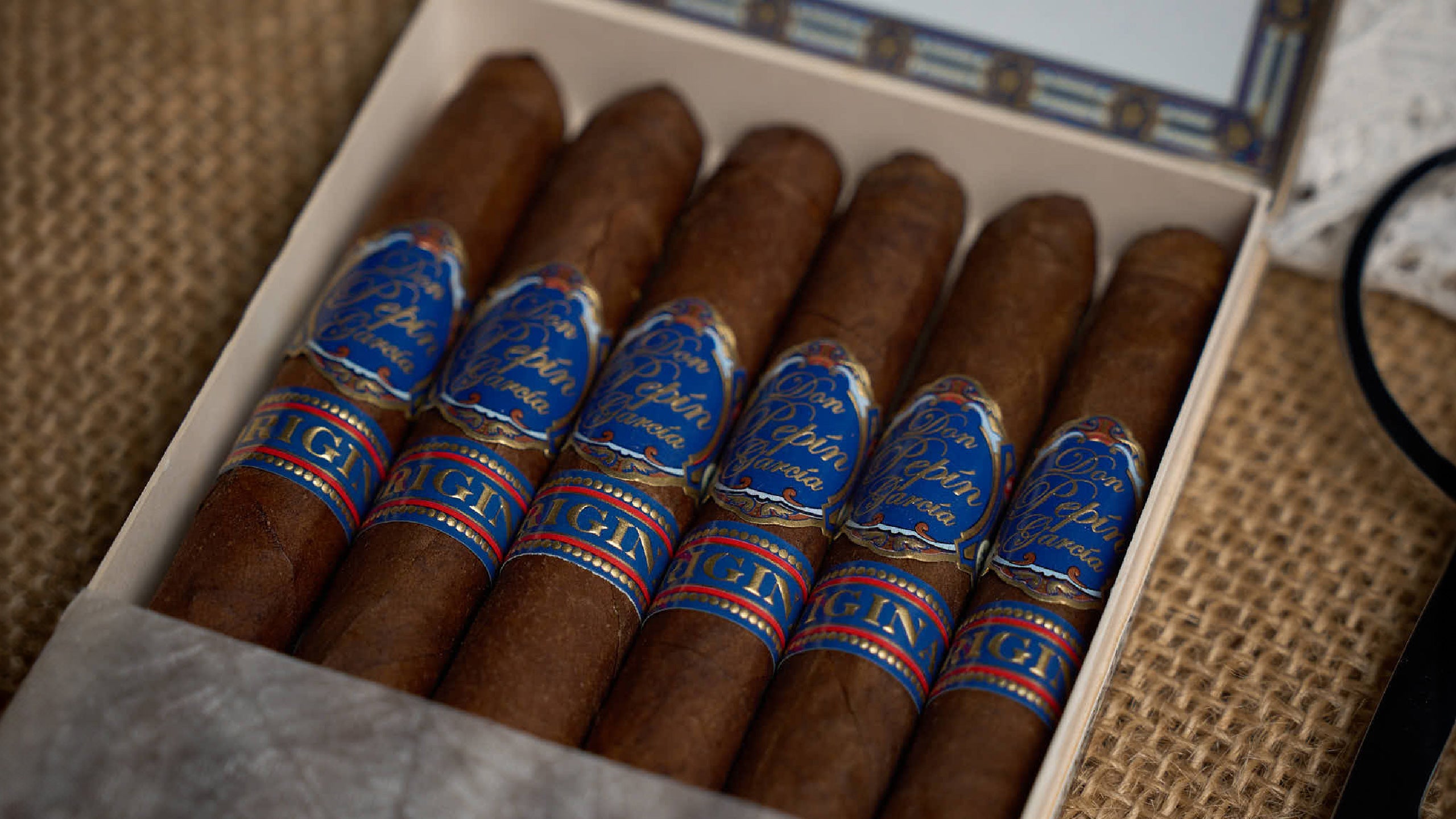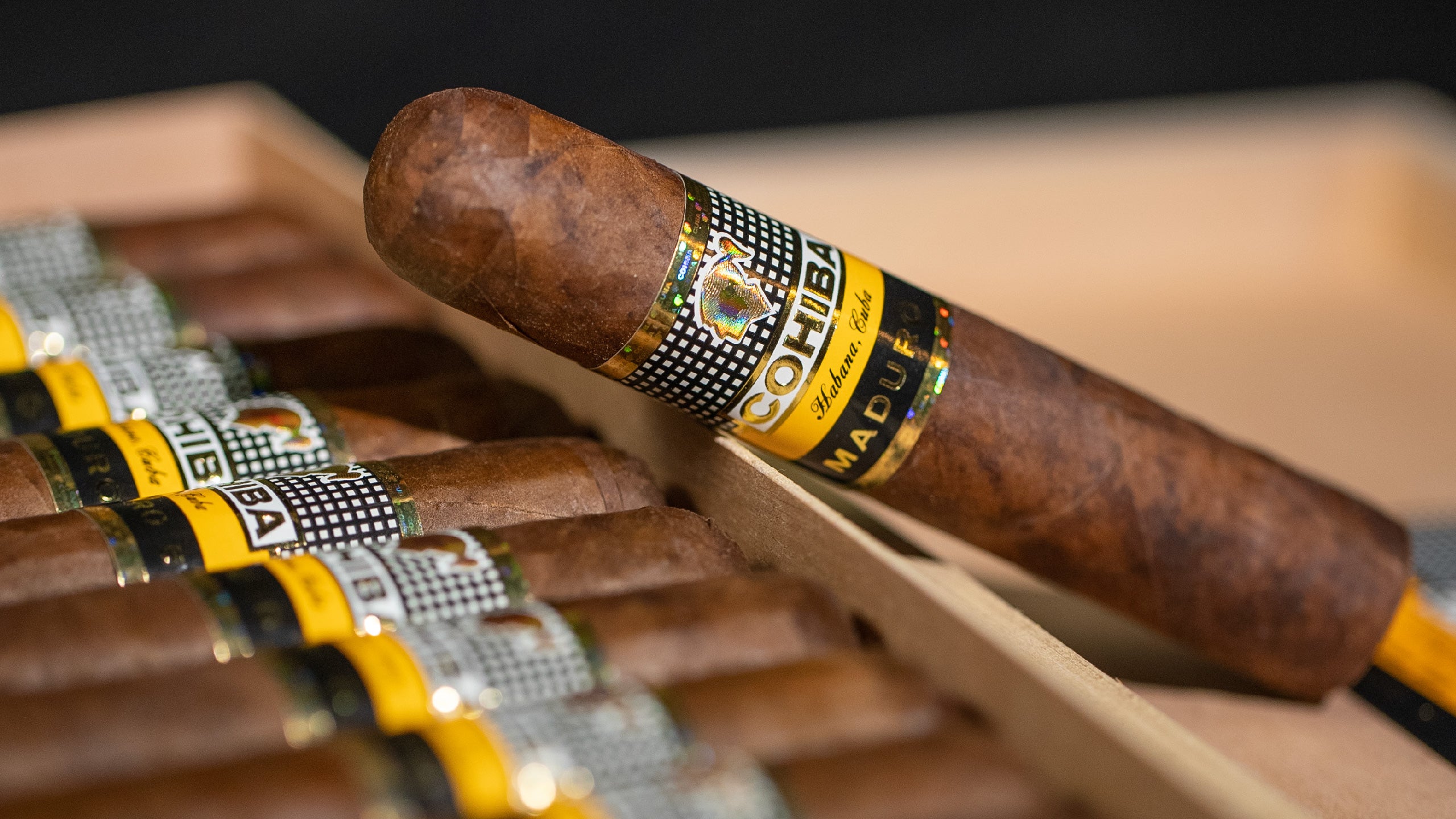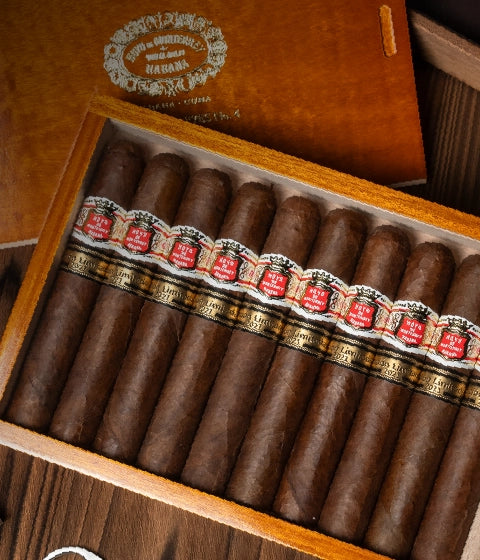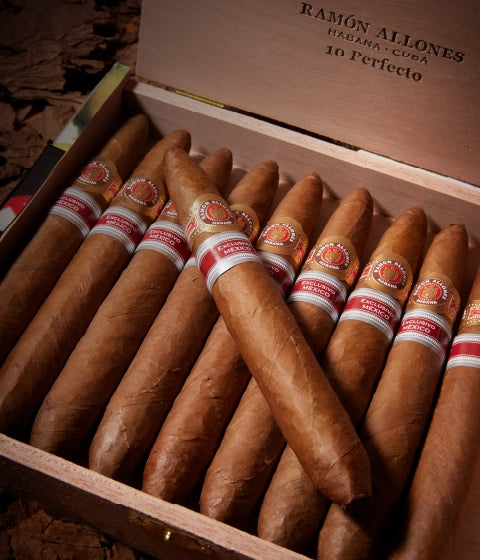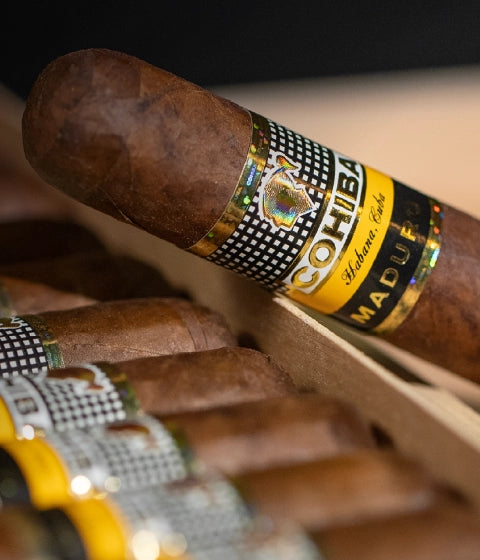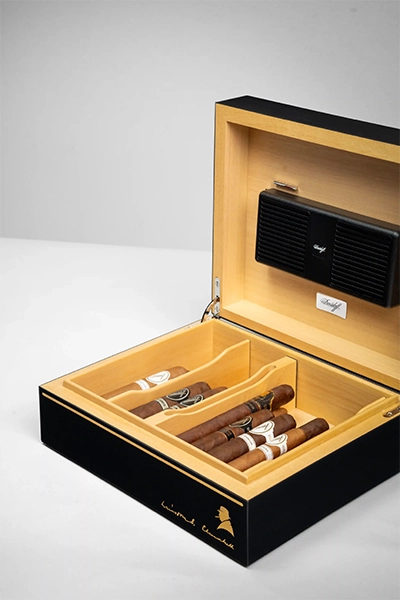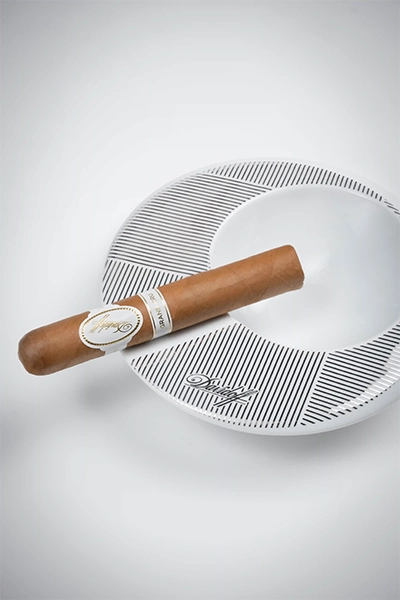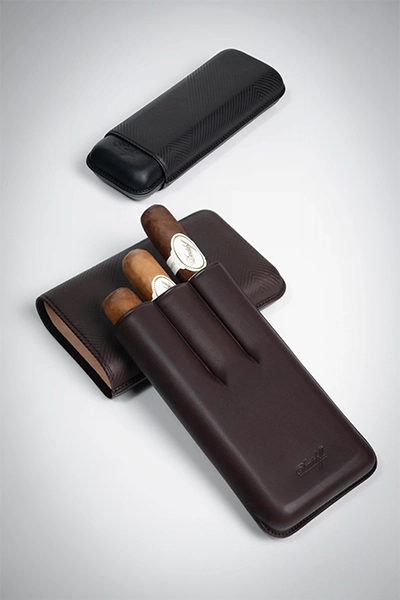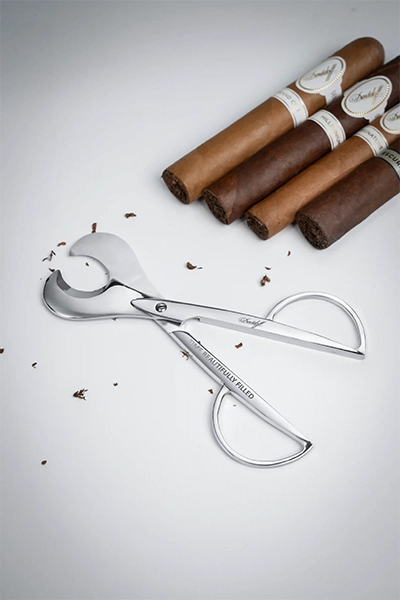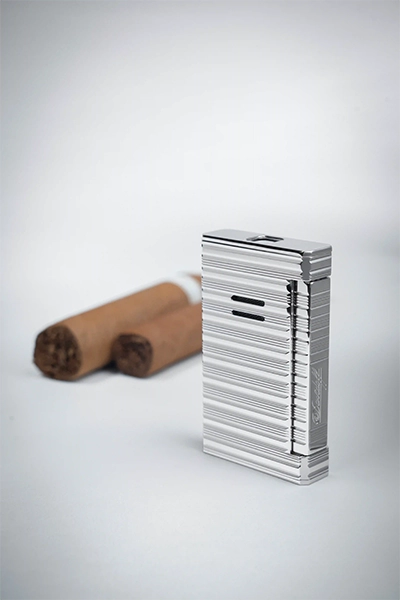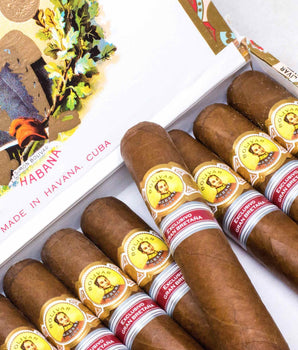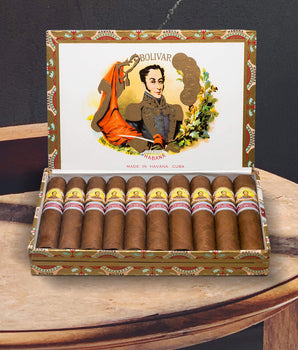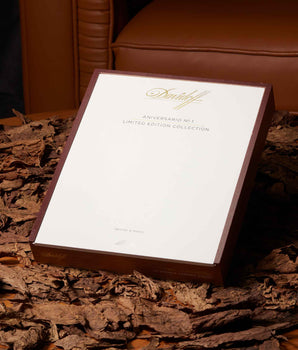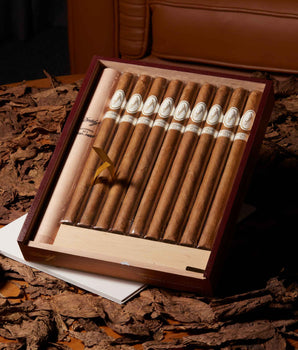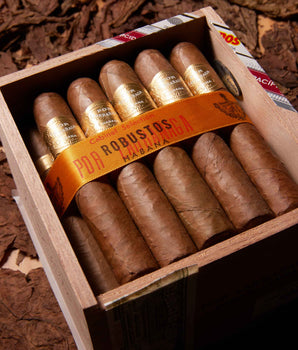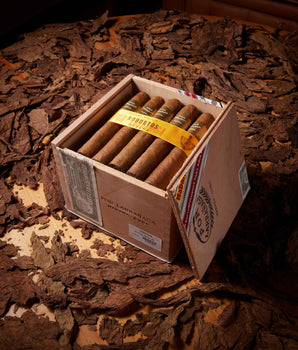Cigar ageing is a fascinating process involving a delicate interplay of chemical and physical changes. While often shrouded in mystique, understanding the science behind it can significantly enhance appreciation for vintage cigars.

The Chemistry of Ageing
At its core, cigar ageing is a complex series of chemical reactions. Key transformations include:
Fermentation Continuation: The fermentation process initiated during tobacco curing doesn't abruptly end. In the ageing process, it continues at a slower pace, breaking down complex sugars and proteins into simpler compounds. These compounds contribute to the cigar's flavour profile.
Oxidation: Controlled exposure to oxygen is crucial. Oxidation softens harsh flavours, reduces bitterness, and introduces nuances like leather, cedar, and spice.
Esterification: This process creates compounds responsible for fruity and floral notes. As a cigar ages, these esters can evolve, adding layers of complexity.
Physical Changes
Beyond the chemical transformations, physical changes also occur:
Moisture Redistribution: The cigar's moisture content gradually equilibrates, preventing dryness and ensuring a smooth burn.
Leaf Structure: The tobacco leaves become more supple and cohesive, improving draw and burn characteristics.
Aromatic Evolution: Volatile compounds responsible for aroma are released and interact over time, creating the cigar's unique scent profile.
A well-aged cigar often exhibits a more complex, refined, and balanced flavour profile, making it highly desirable to connoisseurs. Only a few cigars releases are aged for extended periods, creating scarcity and driving up prices for those that are.

Cigars like the Cohiba Behike BHK 56 (2018 Vintage) evolve with time, transforming their intense character into a smooth, leathery richness. This pleasurable complexity leaves you craving another puff.
The 2018 Cuban vintages have been ageing extremely well despite challenging harvests in the previous years. The Montecristo No.2 is a prime example, showcasing its characteristic vibrant blend of spices which melts into a sweeter and harmonious profile.

Like fine wine, some vintage cigars appreciate in value, making them attractive to collectors and investors.
However, it's essential to note that not all cigars benefit from ageing. Some may become too mild or develop off-flavours. Additionally, improper storage can ruin even the finest cigars, so the time and patience it takes to release a vintage also depends on the initial quality the cigar maintains when it is first released.
Despite these risks, for those willing to invest time, money, and expertise, the rewards can be substantial. A well-curated collection of vintage cigars can provide both pleasure and financial returns.
Understanding the science of cigar ageing empowers enthusiasts to make informed decisions about purchasing, storing, and enjoying these treasures.
Check out our guide here for ageing your own cigars.

